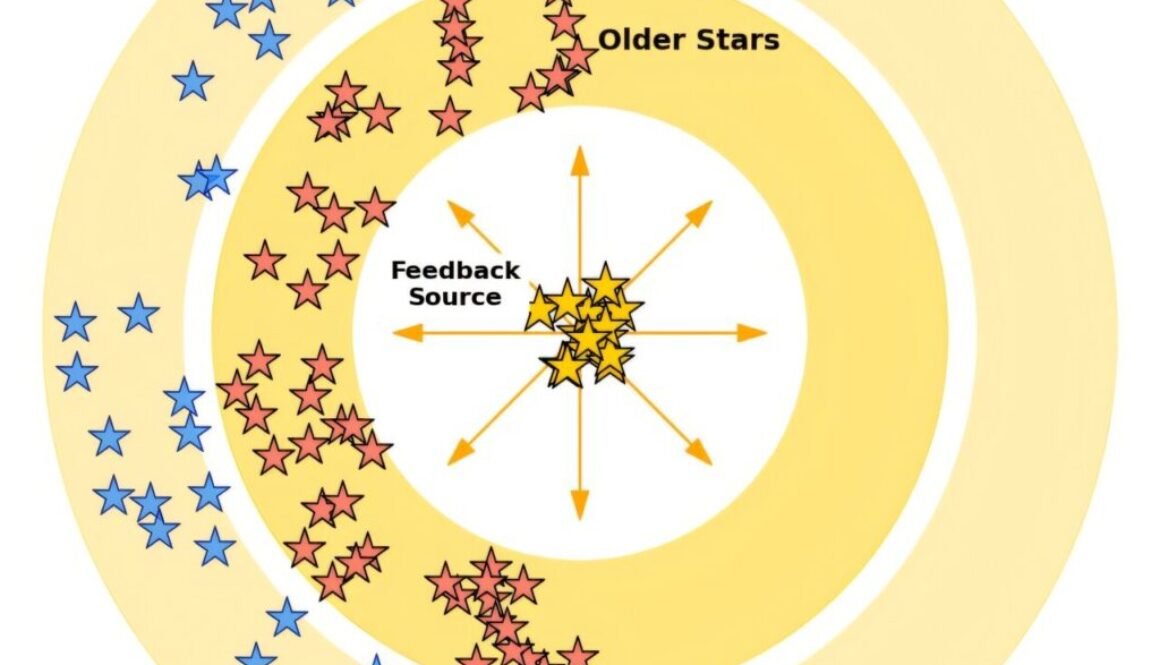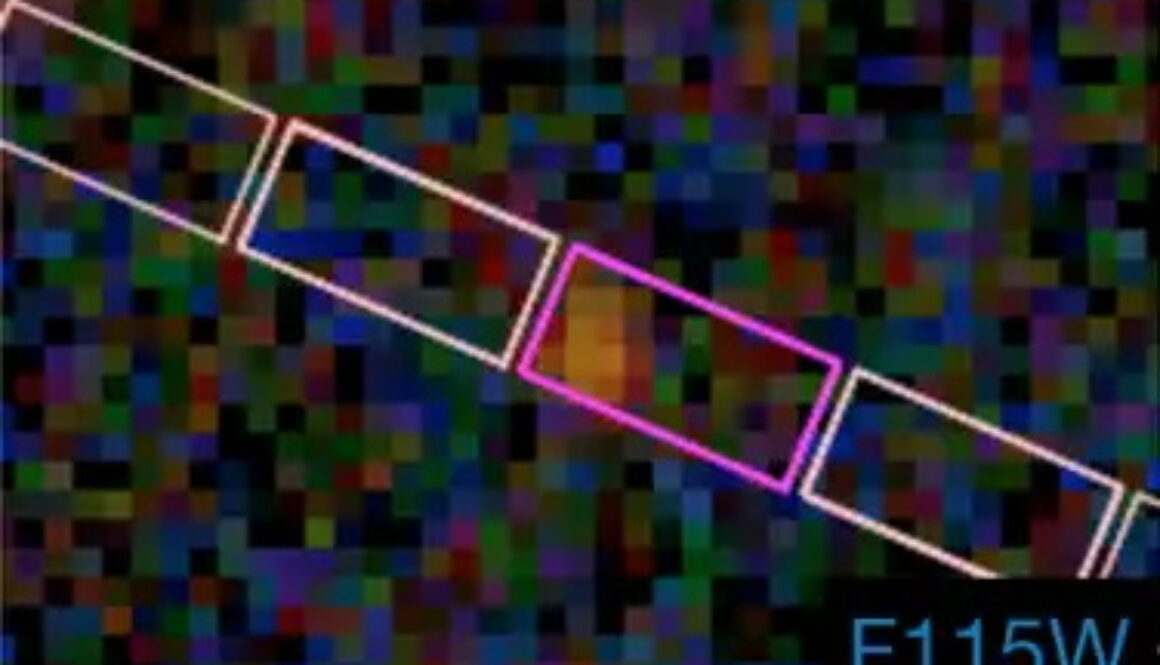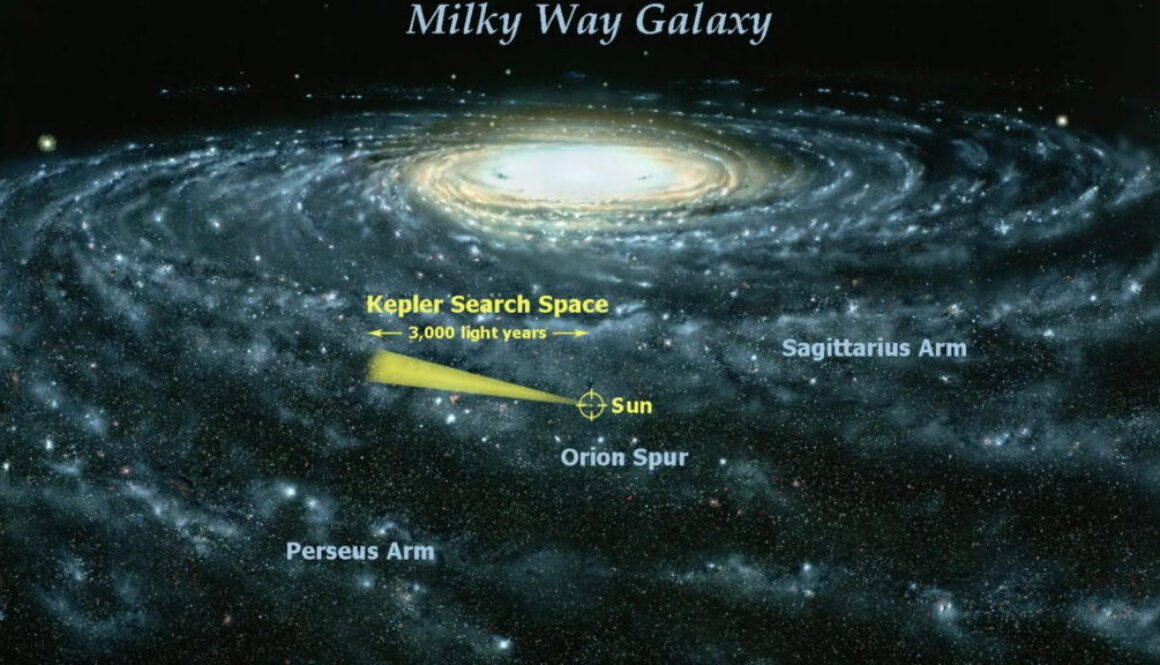The Search Is On for Betel-Buddy
Betelgeuse, a red supergiant star located about 640 light years from Earth in the constellation Orion, is known for its unpredictable brightness and is nearing the end of its life, expected to explode as a supernova. A significant dimming event in late 2019 led to speculation about its imminent explosion, but it was later attributed to a dust cloud. Research suggests that Betelgeuse may have a low-mass companion star orbiting it every 2,100 days, which could explain its long-term brightness variations.






